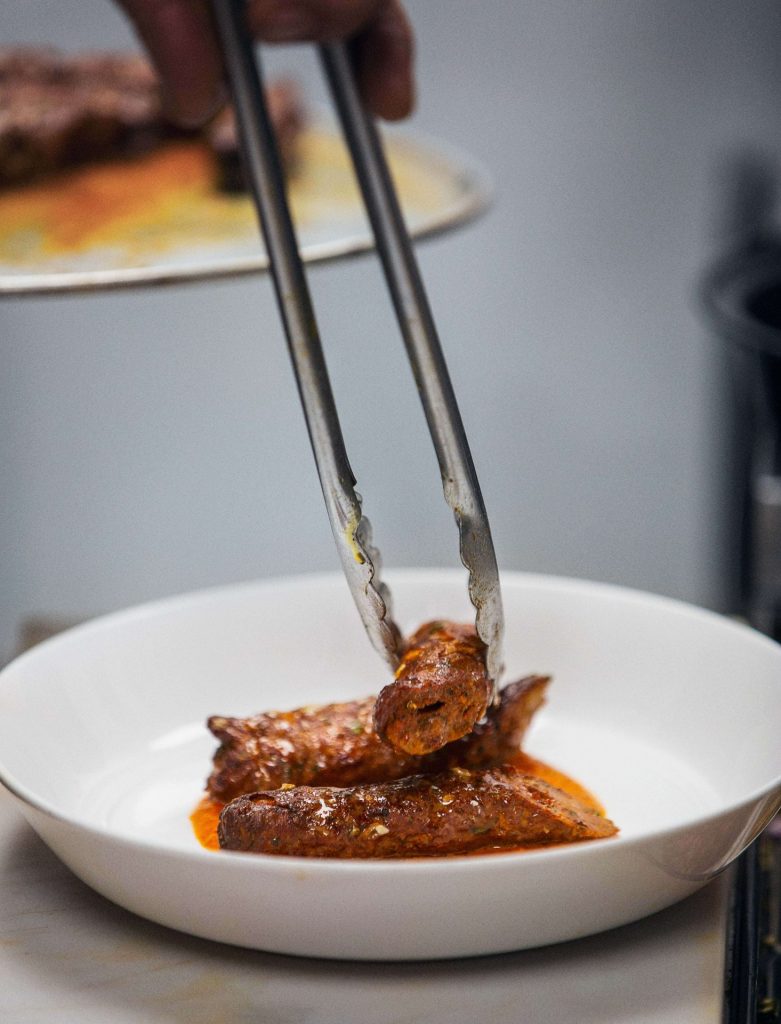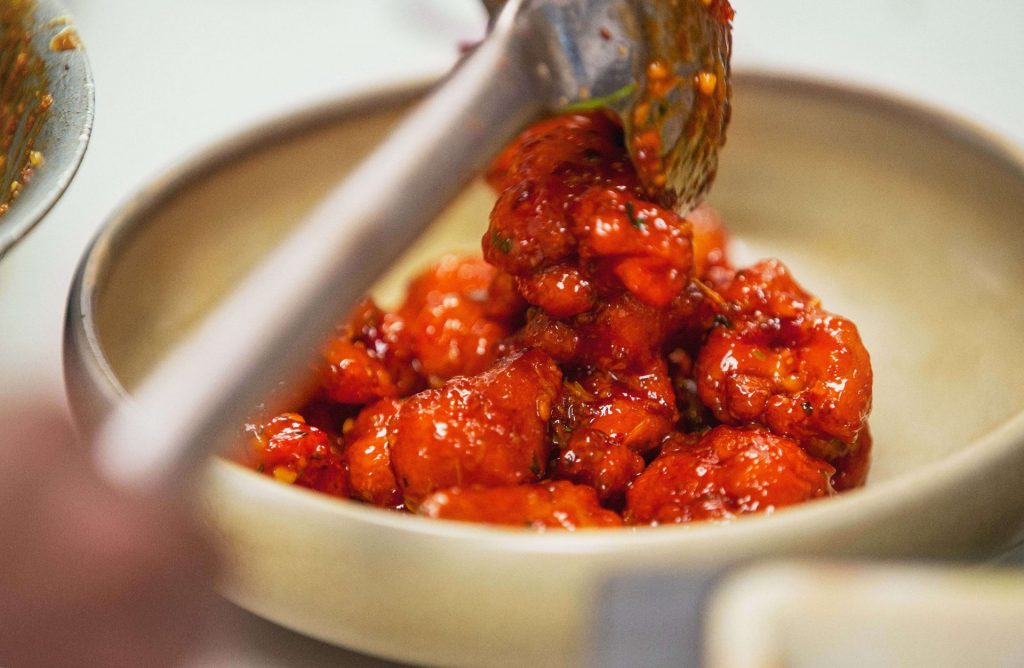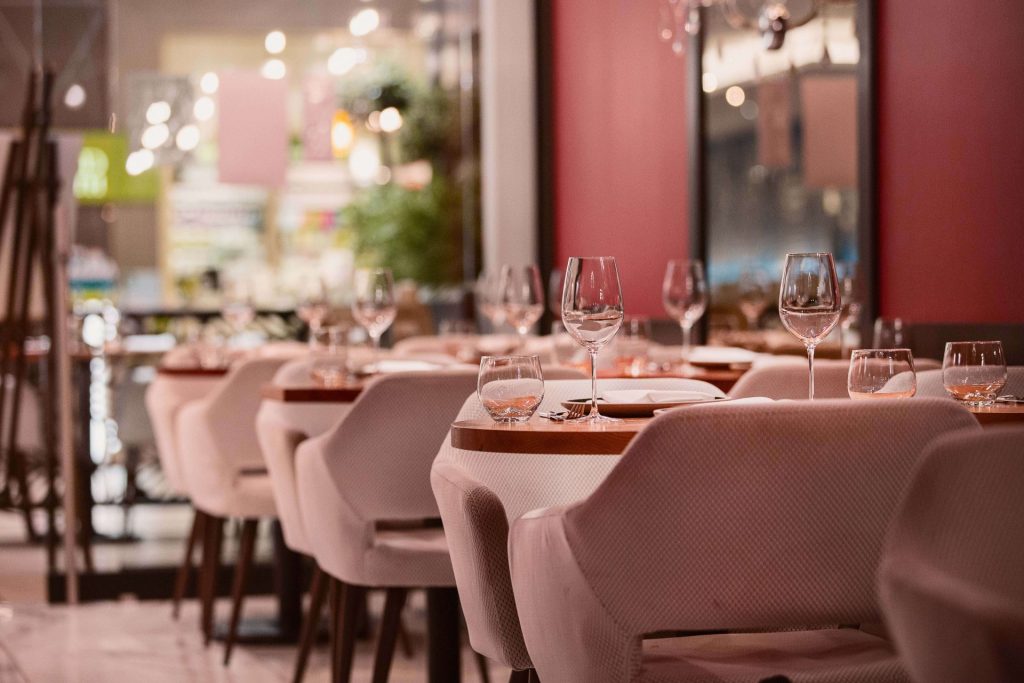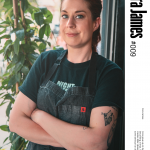Hemant Bhagwani
From leaving school with no career direction, Hemant’s fearless ambition has driven him to open a staggering 43 restaurants.
While eagerly awaiting the arrival of Hemant Bhagwani in his Bayview Village restaurant, Goa Indian Farm Kitchen, we were quite taken aback by the welcome we received from his incredible staff. Within 5 minutes of sitting down, we were treated to champagne and a delicious array of food. We indulged in jackfruit mushroom caldin, butter chicken, sriracha chili cauliflower, their famous prawn curry, and sides of chili garlic naan and karma basmati. Our hearts and bellies were full before the interview had even started.
Without having ever met the man, we felt like we already knew a little about him, having a sense of both his generosity, but also his natural affinity towards hospitality. What’s more, thanks to our own keen research, we also knew Hemant was a wildly successful restauranteur who’d opened 43 restaurants to date.
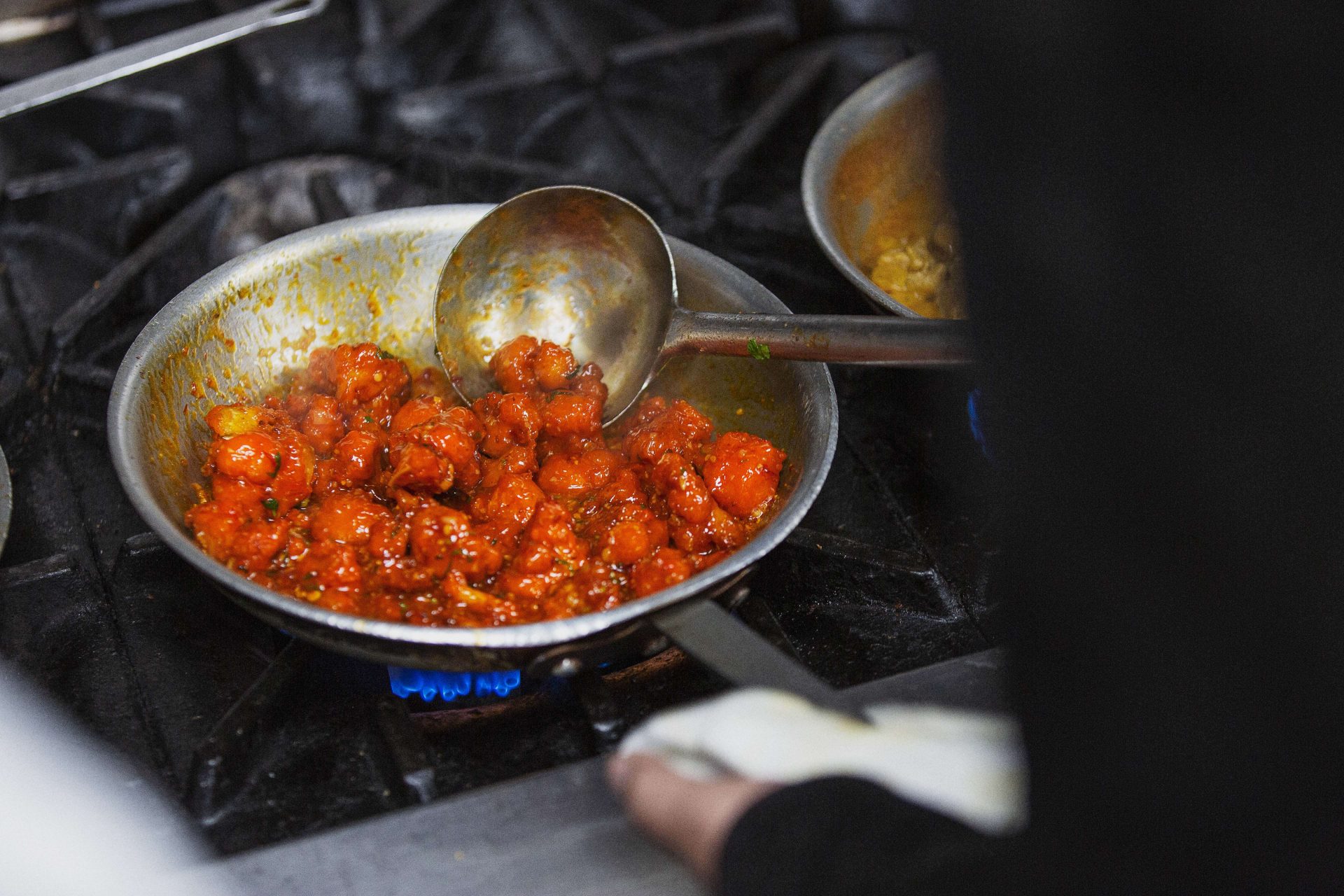
But after a slight delay, and our generous lunch, it was time to actually get to know him, and one of the first things you notice about Hemant is his calm demeanor and lack of pretension.
“I don’t have the story where my mom was cooking, I was 5 years old and I [had] the thought of becoming a chef. I had no idea what I wanted to do when I finished high school.” This was refreshing to hear, and quite unique compared to some of the other chef stories we’d covered in Faces of Food.
Instead, it was a little inspiration from his highschool girlfriend, an aspiring chef, that nudged him in the direction of cooking. In fact, it drove Hemant to head to Switzerland to attend culinary school at the age of eighteen. This was where he really fell in love with food and the restaurant experience.
After graduating from culinary school, he found himself with a burning desire to mix things up, and find a change in scenery. Clearly unafraid of big moves, he headed to Australia to pursue an MBA in marketing. At this point in his story, his sheer determination, ambition, and fearlessness became obvious to us.
Having already built himself quite the resumé, living across the world and gaining qualifications in both cooking and marketing, Hemant was ready to take on the world outside of school. Building on his jet-setter reputation, he moved to Dubai where he lived for three years, and also helped to open six different restaurants with a company he worked for at the time. Reflecting on this period in our conversation, he recognized his time in Dubai was vital for his future as an entrepreneur. But he still had a bumpy road ahead.
With all of this experience behind him, and at this point in his life, Hemant was now sure of two things. Firstly, having recently undertaken an incredible trip to Canada, Toronto was his next move. Secondly, he was going to open his own restaurant.
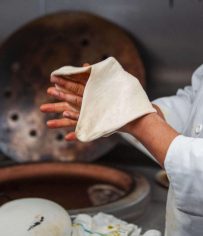
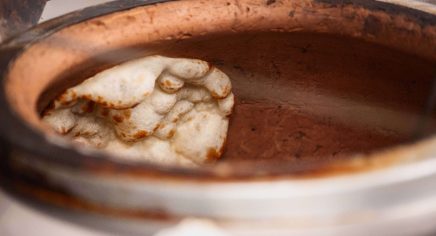
And so, in pursuit of this goal, and eager to familiarize himself with our city’s food scene, he managed to secure a job at the CN Tower’s restaurant. To his surprise, it was actually learning about the wines that excited him most about going to work, such as discovering the history behind a particular bottle of pinot noir or cabernet sauvignon.
He often daydreamed, thinking to himself “ok, let me open an Indian restaurant where wines will be in front, and that’s where it all started for me.”
Before long, his daydreams had become a reality. Kamasutra was the first restaurant Hemant opened in Toronto, and he admits he struggled quite a bit to get the restaurant on its feet. “I didn’t realize that I had to go slowly with Indian food to get to what I was trying to do.”
It was one of Hemant’s later restaurants, Amaya, that he gives credit to for revolutionizing his career. Amaya was the reason he ended up placing in food critics’ top 10 rankings for best chef and best restaurant in Toronto.
This excitement overtook him, and spurred him on to open more restaurants in various locations around Toronto, including bringing Good Karma to Fairview Mall food court.
“I kept failing before that so I said “ok, [now] the success is coming, let’s multiply it faster”, and that was the goal. I think it was a product of a lot of luck in this city. Right place at the right time. I think that’s what has worked for me.”
His aim from that initial dream of opening a restaurant in this city was to change the approach to Indian cuisine in Toronto. A hefty goal for a new entrepreneur, but a goal he pursued nonetheless. We were quickly learning that this level of aspiration should not be surprising when it comes to Hemant Bhagwani.
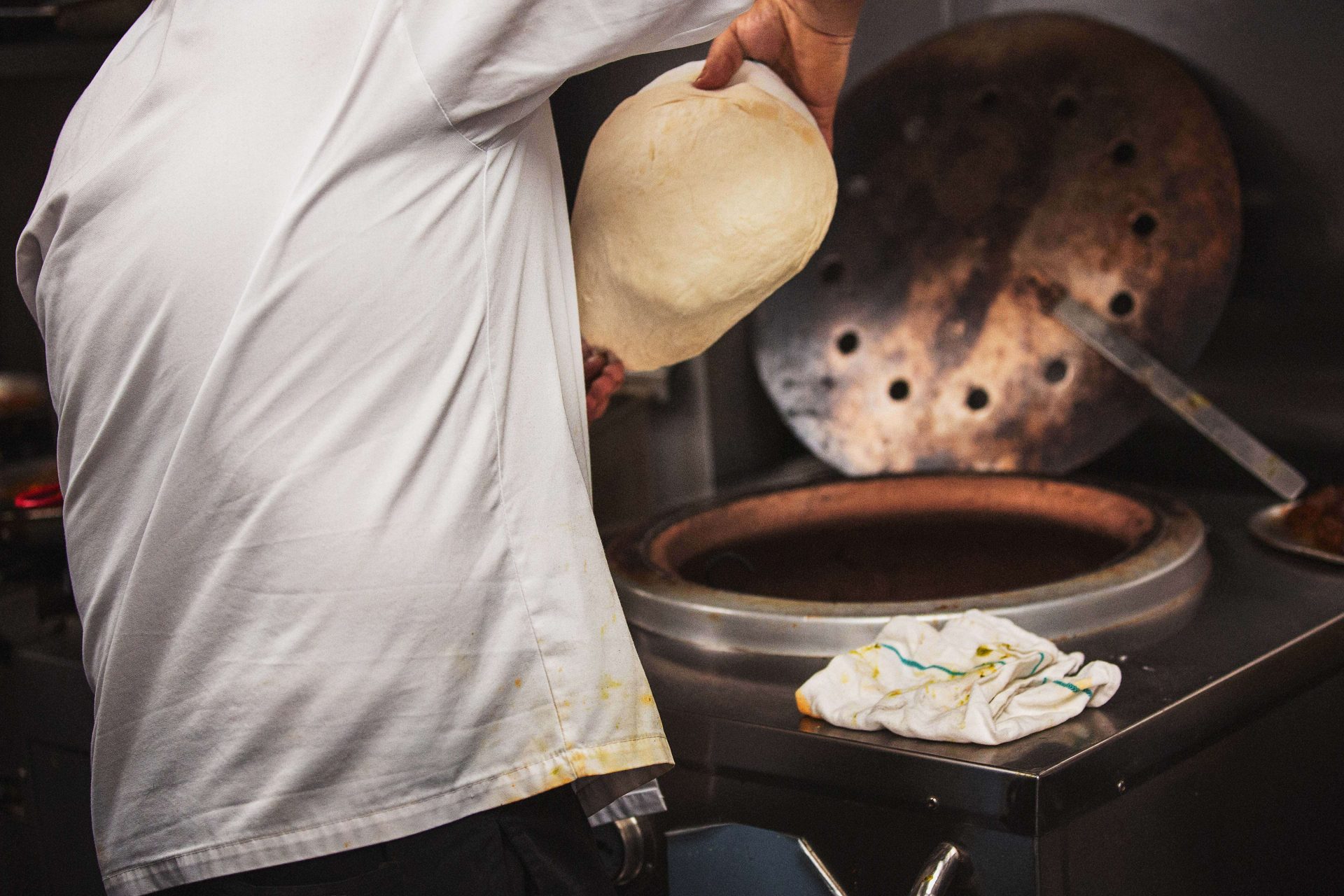
“I was the first one not to do buffets here. It was about taking Indian food to the next level. There was never Indian food in food courts. It’s the difference from being a fine dining
restaurant to fast food. My goal has been to make sure Indian food is accepted more than it used to be 15 years ago since I started doing this. I would like to take a little bit of credit in Toronto that I’ve changed Indian cuisine.”
But, as we alluded to earlier, it hasn’t all been plain sailing for Hemant. Indeed, as we have seen time and time again in Faces of Food, success is often spurred on by failure.
“I’ve learned more from my failures than my success. There’s not a single day where I can say I have achieved or done everything. My biggest failure was that I had no idea how to do business.”
For someone who has opened 43 restaurants, and doesn’t show any sign of slowing, this was somewhat surprising to hear. Hemant went on to explain the various mistakes he’s made in his career.
“I had bad partnerships, bad locations, the way I was negotiating rents was wrong. But I was persistent. I really wanted to succeed. I reached a couple of times towards bankruptcies in trying… but I was lucky…and kept going with it. There was a time I wanted to quit this industry and do something else but then I said “let’s try one more”, and it worked.”
It seems to be all about the journey for Hemant. He’s continually looking for ways to better himself and, in turn, his successes. He even goes out of his way to develop and grow himself outside of his businesses and day-to-day life.
“Every year I take a couple of weeks off from everyone. I just go away. No business, no family. I will take a course, a photography course or pizza course… I will never really use it but I will do it just to go away and restart my life. Instead of taking just a break as a vacation, I do a course, I keep going.”
Two years ago, this time away wasn’t enough for Hemant. After years of building many restaurants from the ground up, he found himself getting bored and reaching burnout. He started to doubt himself and knew he needed a fresh start. This lead him to travel to Goa, India, where he spent a lot of time writing his cook book and experiencing life as a local.
“My biggest mistake was franchising a business, it was very stressful for me. I’m very possessive with what I do. It hit me hard because I did not understand how to do it and it started to take a toll on me. I thought this was it, I just wanted a break. I took a break in Goa for some time. I was in Goa, came back, then went to Portugal, and that’s when things changed for me. I don’t know what happened but I wanted to come back and start again. I think that break helped me a lot.”
In Portugal, he found inspiration in a number of places. He came across a lot of Portugese cooking with Indian influence, and he spent most of his time there meeting different people, learning their way of life, and how they cooked. Most people he met in Portugal had been to Goa, and he saw this influence clearly in their food. Energised by these adventures, and inspired by the food he found, Hemant returned to Toronto and opened Goa Indian Farm Kitchen – Indian food with Portugese influence.
But aside from having a profound impact on his business success, we wanted to know what else he had learned from his experiences living and travelling around the world. So we asked him what his most enlightening food moment was from throughout his travels, and he didn’t hesitate to respond.
“Cooking with 4 generations. I was cooking at someone’s home where the great grandmother and great granddaughter [and] I cooked the same prawn curry.. That was the most amazing thing for me because that’s where you start to see how the generations and the access to technology makes a difference with food. So that was an eye opener. The other was learning about how, in Goa especially, a Christian family would do a prawn curry different [to] a Hindu family. So to see how religion was making a difference, not just region, not [just] generations, but religion. And [to see] how it was changing [food] was the most amazing thing for me. I didn’t eat in a lot of restaurants in Goa. I ended up eating in people’s homes, which was a lot of fun.”
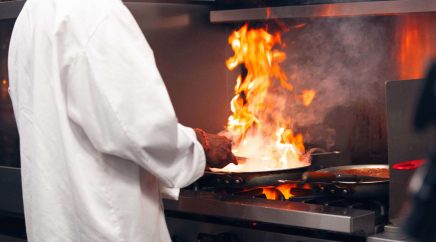
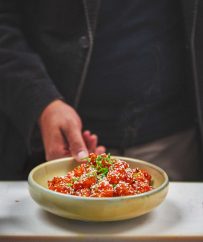
These kinds of experiences taught us something else about Hemant. He has a genuine curiosity in other people, and how food plays a role in their lives. This understanding of the connection between food and people, and the importance of cooking in our daily lives, has undoubtedly played a big role in his success.
And as we have seen, that success has lead to Goa Indian Farm Kitchen opening its doors in Bayview Village in March of this year. This beautiful restaurant pays homage to Hemant’s story of travelling, learning, and growing, and you can tell it holds a special place in his heart. The restaurant prides itself on tapping into techniques and philosophies from around the world, and applying that to locally sourced ingredients.
As our conversation with Hemant moved away from his past, and came back to Goa Indian Farm Kitchen, we had to take the opportunity to bring up the unbelievably tasty prawn curry we had been treated to earlier (clearly it was still on our minds….). “How did they do it?” was the question we were all quietly asking ourselves.
“I’m a big fan of my prawn curry here, and I’d never seen prawn curry done with okra in it and that’s what I saw done in Goa. They had their coconut sauce, they had their shrimp, but they add okra to it to enhance their dish and [so] I brought it here, and I’ve been able to play sometimes with fiddleheads, sometimes with okra, depending on what the season is. I used to think prawn curry comes with just the sauce, and adding some veggies to it gave me a new perspective to the dish.”
Delicious food aside, the other striking thing about our experience at Goa was the incredible staff. We learned this level of warmth and service wasn’t unique to Goa when it came to Hemant’s restaurants. He described his biggest success as being able to give so many people employment and creating amazing teams. He recalled an important lesson he was given from his boss in Switzerland during his time as a dishwasher:
“He would come and touch base with everybody. He sat down with me and he said you need to reach to everyone, because once you reach to them, to all of your staff, they will be able to reach to all of your customers – they will understand this part. And I’ve never forgotten that.”

When he says he has never forgotten this, he really means it. Today, it has become a part of his daily routine.
“An average day… I start my day in the Gym. Then I’m up working at 8 to 8:30. I go to all the restaurants. I end up going to all the locations. I go to Amayas, I come here, I pretty much go everywhere, all my restaurants. I have a great team so it’s much easier for me. The back office is very strong, the kitchen is very good, [but] I try to reach everyone. That’s always been my goal.”
Wrapping up the interview, we really felt we had learned some fundamental things about Hemant. He has a deep curiosity in people, and in their relationship with food, and is one of the most fearlessly ambitious people we have sat down with. What’s more, he is refreshingly humble and transparent about his failures and his mistakes. And finally, and maybe most importantly for a Faces of Food feature, his perspective on food is simple:
“Food is life to me. I breathe, I sleep, I eat. I do everything revolving around food. For me, I wouldn’t say I’m a foodie or a chef or anything, I just love bringing it up to a level where [I can see that’s] how food should be treated.”

